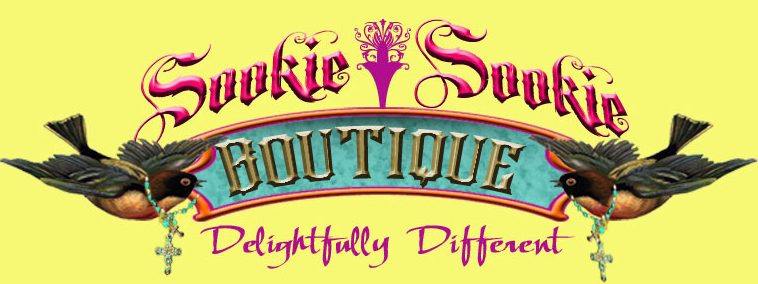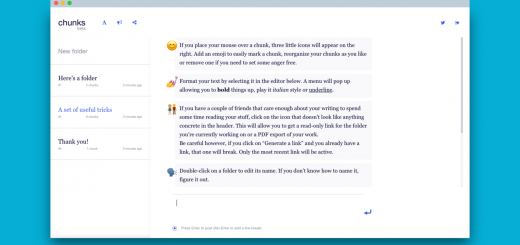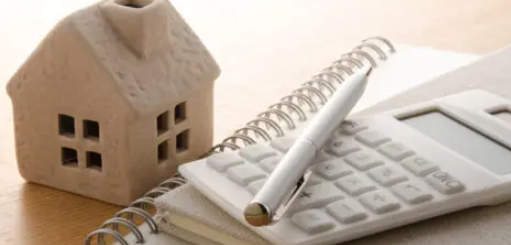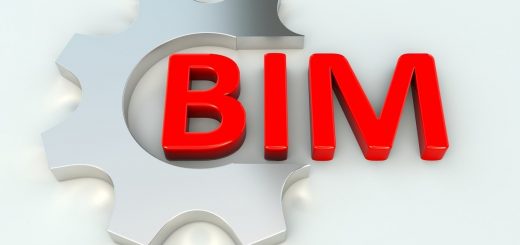Flat Design 2.0 – Bringing Life to 2D
Flat Design had a huge impact on all kinds of interfaces, and it’s still hugely popular today. It has changed, though: the new style is referred to as Flat Design 2.0. It tries to address the issues originally raised by Flat Design.
What Did Flat Design Replace?
Until 2012, web designers used realism, skeuomorphism or 3D effects.
Three-dimensional effects are easy to explain. Borders, shadows and highlights are used to make different areas of the interface look as if they are three-dimensional. Typically, clickable elements look raised, whereas elements that need filling in look recessed.
Realism is a style that uses textures and images from the real world or that depict the real world to make the website look appealing.
Skeuomorphic design uses an element or texture from the real world to emphasise the meaning or use of different parts of a page. It’s often used as a background element. A good example is Amazon’s first Kindle Fire design, which featured a bookshelf image to remind people that the tablet was for reading books.
Flat Design, by comparison, uses none of these techniques. It can appear very minimalist and simple, as in its original form it consisted of flat shapes and images. There were no shadows, no highlights and no textures. Rather than trying to mimic the real world, it was purely digital.
For more design information, see here: http://www.webdesignerdepot.com/2016/02/design-trends-flat-design-2-0/?ref=webdesignernews.com.
What Were the Problems?
Flat Design looked gorgeous, and it looked brand new. Unfortunately, many designers used it without considering issues of usability. Put simply, Flat Design was so flat that people couldn’t easily tell the difference between the bits that did nothing and the bits that you could click. Flat Design gave no clues as to how you should use the website, and although users are increasingly sophisticated, some help is always appreciated.
Design agencies like Expect Best, who are web designers in Bournemouth, have addressed this issue. This is where Flat Design 2.0 comes in. It still uses the minimalist, stylised approach of Flat Design, but interactive elements are subtly marked out so that users can recognise navigation and calls to action.
Flat Design 2.0 combines the simplicity of Flat Design with the usability of earlier design styles. Your website should look appealing on any size of screen – and also be easy to use.









